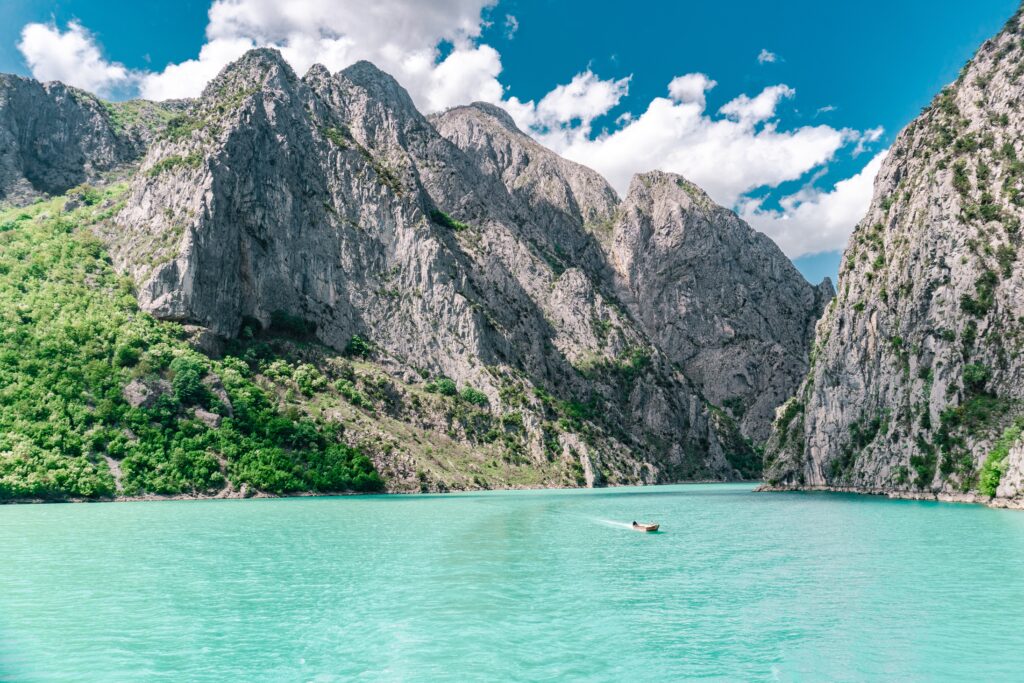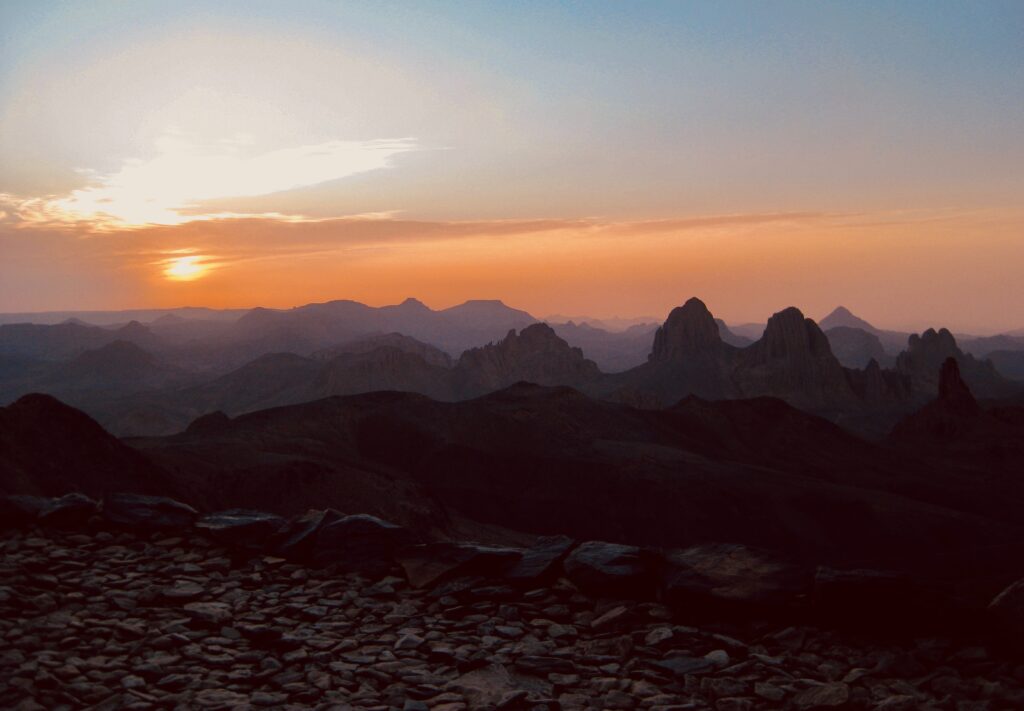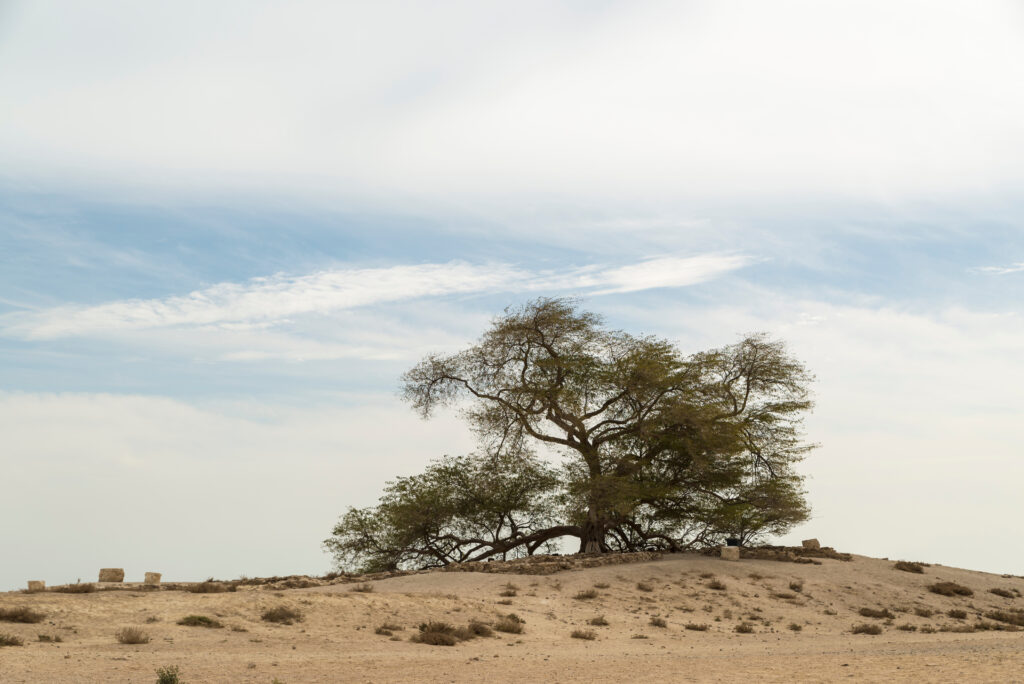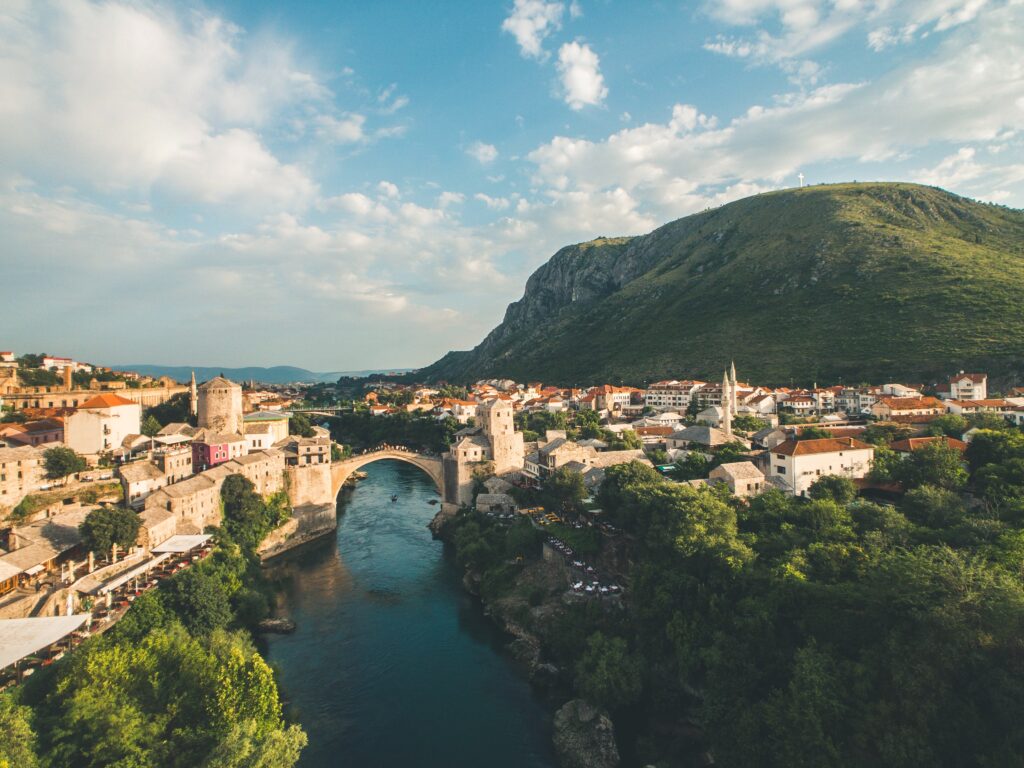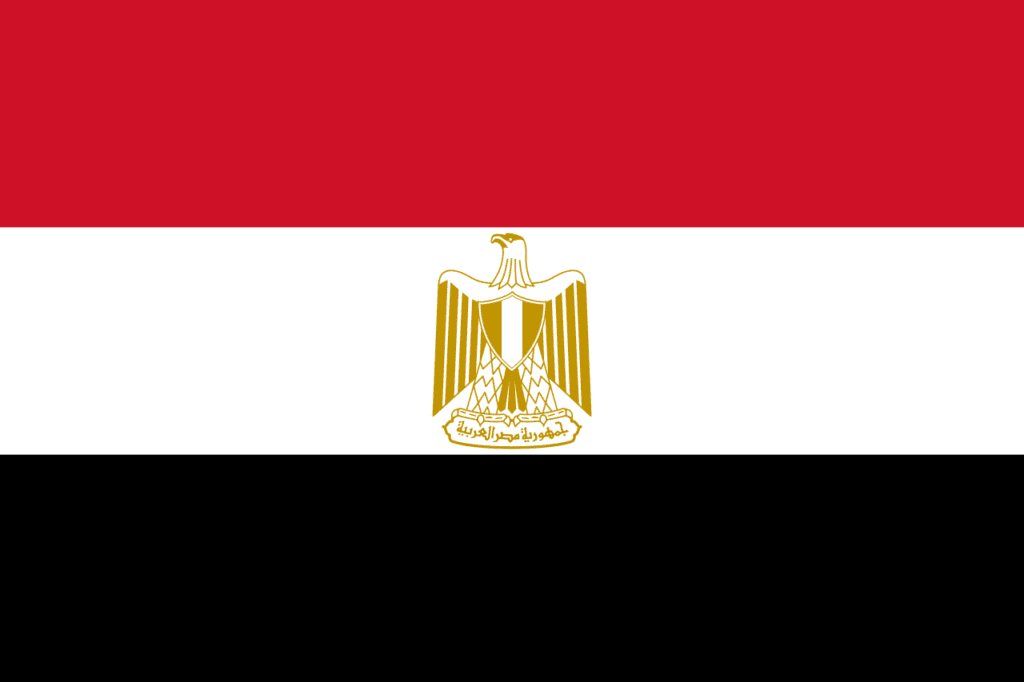

Egypt
SPI: 41.73
Species Protection Index Average: 42
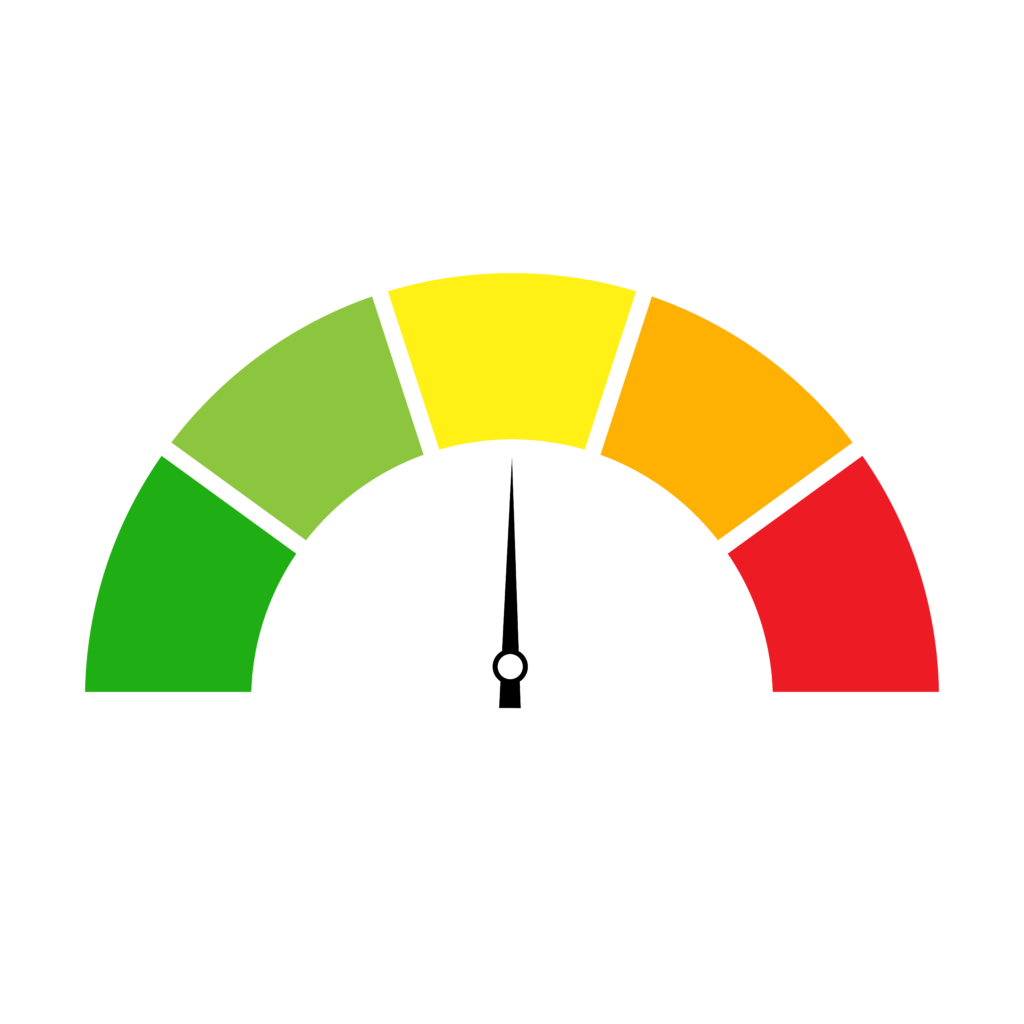

National Report Card: Egypt
Egypt’s terrain is primarily a desert plateau, with coastline on the Mediterranean Sea and the Red Sea. The Suez Canal in Egypt links the Indian Ocean and the Mediterranean Sea, and the Sinai Peninsula connects Africa to lands of the Eastern Hemisphere. The Nile River runs through the country and drains at a major delta into the Mediterranean Sea. Most of the country is used for human activities, in its majority by irrigated agriculture.
Egypt has high biodiversity rarity of terrestrial land vertebrates at a global scale. When analysed as single taxons, the rarity of amphibians, mammals and reptiles is also high. The rarity of marine fish and mammals is also high. Challenges to biodiversity include urbanization; soil salination; oil pollution threatening coral reefs, beaches, and marine habitats; other water pollution; and limited freshwater resources.
11%
of land currently protected
361
total land vertebrate species
4
endemic land vertebrate species
Species of significant conservation interest
Nubian Ibex
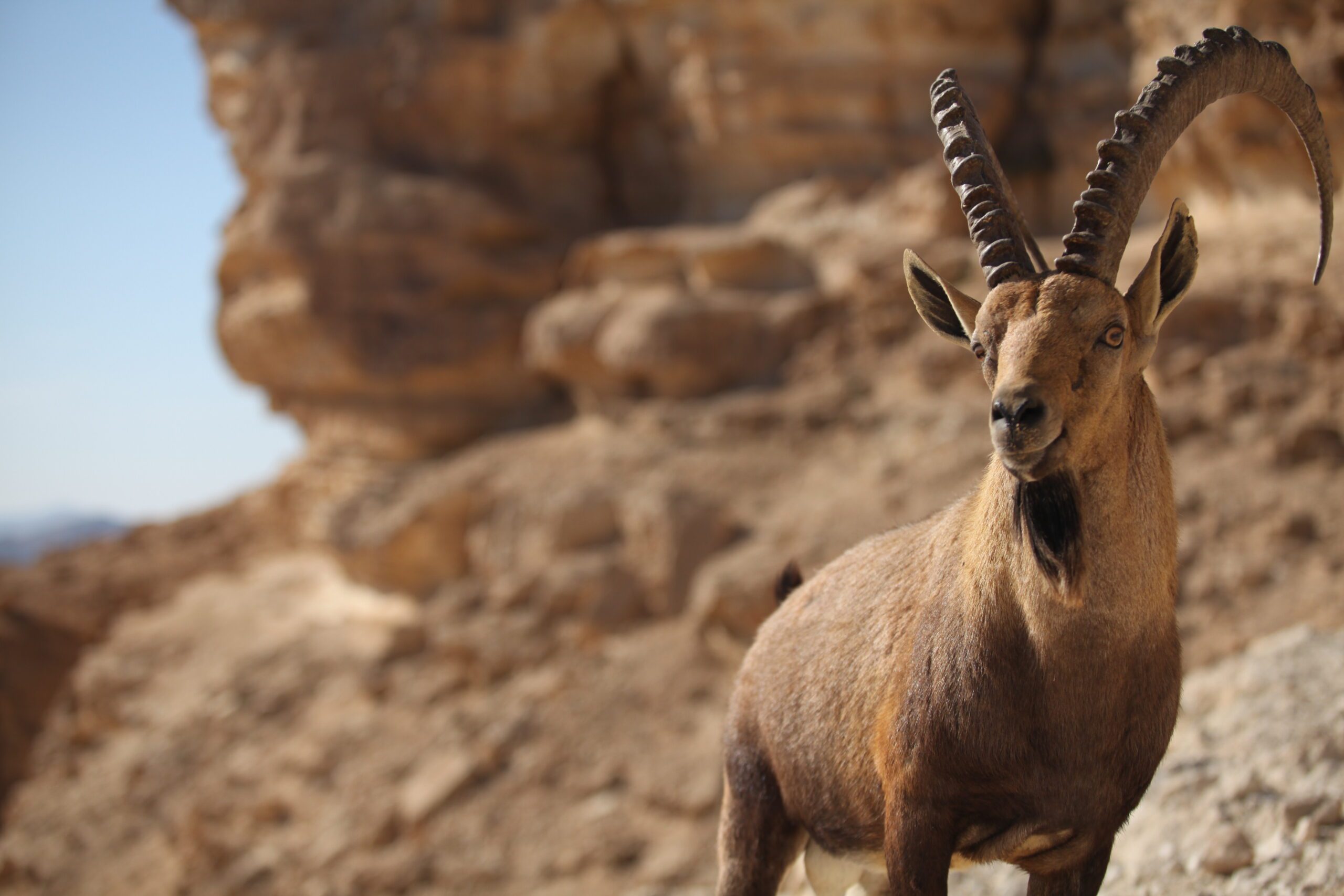

8
amphibians / 1 endemic
160
birds / 0 endemic
94
mammals / 2 endemic
99
reptiles / 1 endemic
Information on this page was sourced from the CIA World Factbook and the Half-Earth Project Map.

